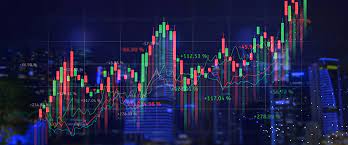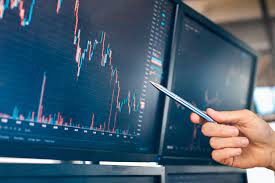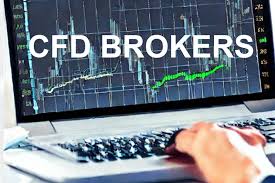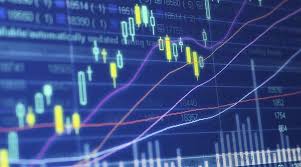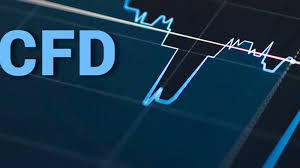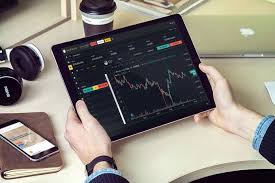Cfd trading, or Contract for Difference trading, is a popular form of derivative trading that allows investors to speculate on the rising or falling prices of financial assets without actually owning the underlying asset. This type of trading can be complex and daunting for beginners, but with the right knowledge and strategies, it can be a lucrative investment opportunity. In this comprehensive guide, we will break down everything you need to know about cfd trading and provide you with tips on how to navigate this market effectively.
1. Understanding CFDs:
To start off, let’s delve into what exactly CFDs are. A CFD is a contract between an investor and a broker to exchange the difference in value of a financial instrument (such as stocks, commodities, or currencies) from the time the contract is opened to when it is closed. This means that investors can profit from both rising and falling markets by going long (buying) or short (selling) on an asset. It’s important to note that CFDs are leveraged products, which means that investors only need to deposit a fraction of the total trade value as margin.
2. Risks and Benefits:
One of the key advantages of Cfd trading is the ability to trade on margin, which allows investors to amplify their potential profits. However, this also comes with increased risks as losses can exceed the initial deposit due to leverage. It’s crucial for investors to understand and manage these risks by setting stop-loss orders and practicing proper risk management techniques. Additionally, Cfd trading offers flexibility in terms of trading hours and access to a wide range of markets, making it an attractive option for those looking for diversification in their investment portfolio.
3. Tips for Successful Trading:
When it comes to successful Cfd trading, having a solid strategy is key. This includes conducting thorough research on your chosen assets, identifying trends and patterns in the market, and setting clear entry and exit points for your trades. It’s also important to stay disciplined and avoid emotional decision-making when trading CFDs. Utilizing technical analysis tools and keeping up-to-date with market news can help you make informed decisions and increase your chances of success in this volatile market.
4. Choosing a Reliable Broker:
Selecting the right broker is crucial when it comes to Cfd trading. Look for brokers that are regulated by reputable authorities such as the Financial Conduct Authority (FCA) or the Australian Securities and Investments Commission (ASIC). Consider factors such as fees, customer support, available platforms, and educational resources offered by the broker before making your decision. A reliable broker will provide you with a secure trading environment and access to competitive pricing on various financial instruments.
5. In short:
In In short, Cfd trading can offer significant opportunities for investors looking to diversify their portfolios and potentially profit from both rising and falling markets. By understanding how CFDs work, managing risks effectively, developing a solid trading strategy, and choosing a reputable broker, you can navigate this market successfully. Remember that education is key when it comes to mastering any form of trading, so continue learning about new strategies and techniques to improve your skills as a CFD trader. With patience, discipline, and dedication, you can unlock the full potential of Cfd trading as part of your investment journey.

